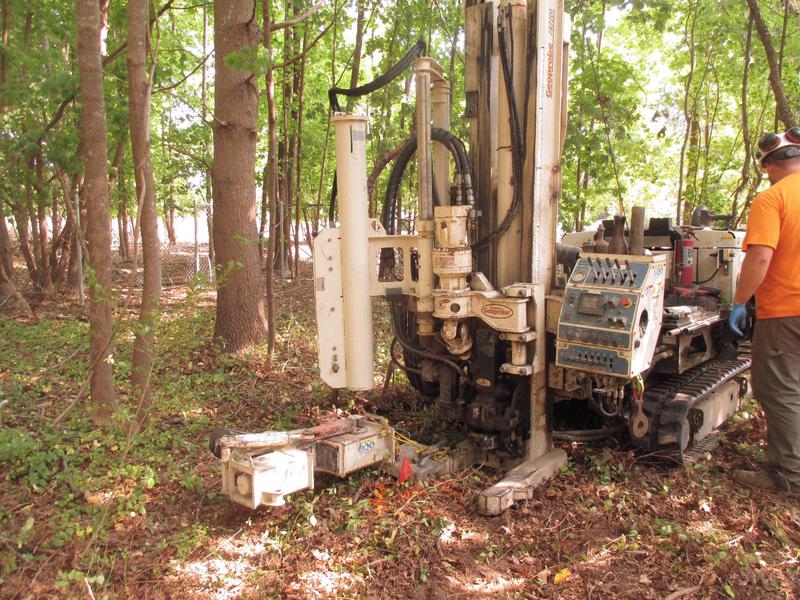Drilling methods are applied in many different environmental, geotechnical and structural evaluations. Drilling is used to log and characterize soil, perform infiltration and percolation tests, field screen targeted soil, collect samples of soil, and ultimately evaluate and report on the environmental and geotechnical characteristics of materials. Walden provides soil boring oversight and evaluation services in many different environmental/geotechnical drilling applications for municipal and private clients requiring information about underlying soils.
Walden has performed geotechnical drilling throughout Long Island, New York City, and the Hudson Valley. The drilling has been in support of:
- Underground storage tank and fueling system designs
- Development of dewatering plans and sheeting/shoring designs
- Building foundation investigation
- Emergency generator designs
- Septic System Designs
- Swimming pool installation
- Property/building development
During oversight, Walden records blow counts (based on ASTM D1586), performs infiltration/percolation tests, logs soil types and characterizes soil types. These tests/observations are then used to evaluate the underlying soil, and complete all associated geotechnical reports.
Walden also performs drilling oversight for environmental reasons. This work has been done at various municipal yards and parks, NYS Superfund and Brownfield sites, and private locations for real estate development. Environmental drilling has been in support of:
- Installing monitoring wells to evaluate potential groundwater impacts
- Installing monitoring wells for free oil product recovery
- Contaminated soil sampling
- Subsurface investigations of petroleum spills
- Source removal activities
- Soil vapor remediation system design
- Phase II Environmental Site Assessments
Walden oversees and coordinates drilling at all jobsites, and creates detailed soil boring logs for soil characterization. In locations where a petroleum spill has occurred, or contaminated soil/groundwater is observed and screened by the field engineer, samples are collected and sent to a laboratory for analytical testing. After all data results from soil characterization and sample testing are evaluated, Walden engineers prepare summary reports detailing information on site characteristics and recommendations to support decision-making with respect to next steps. In situations where contamination or environmental impacts are identified, Walden prepares work plans for follow-up investigation and remediation as appropriate.

